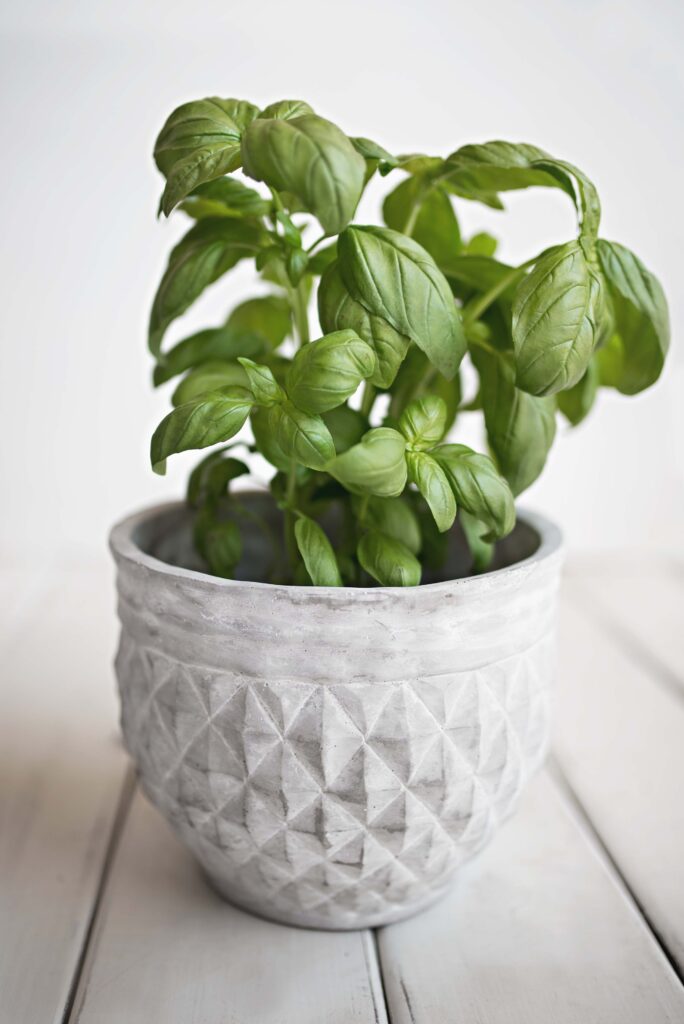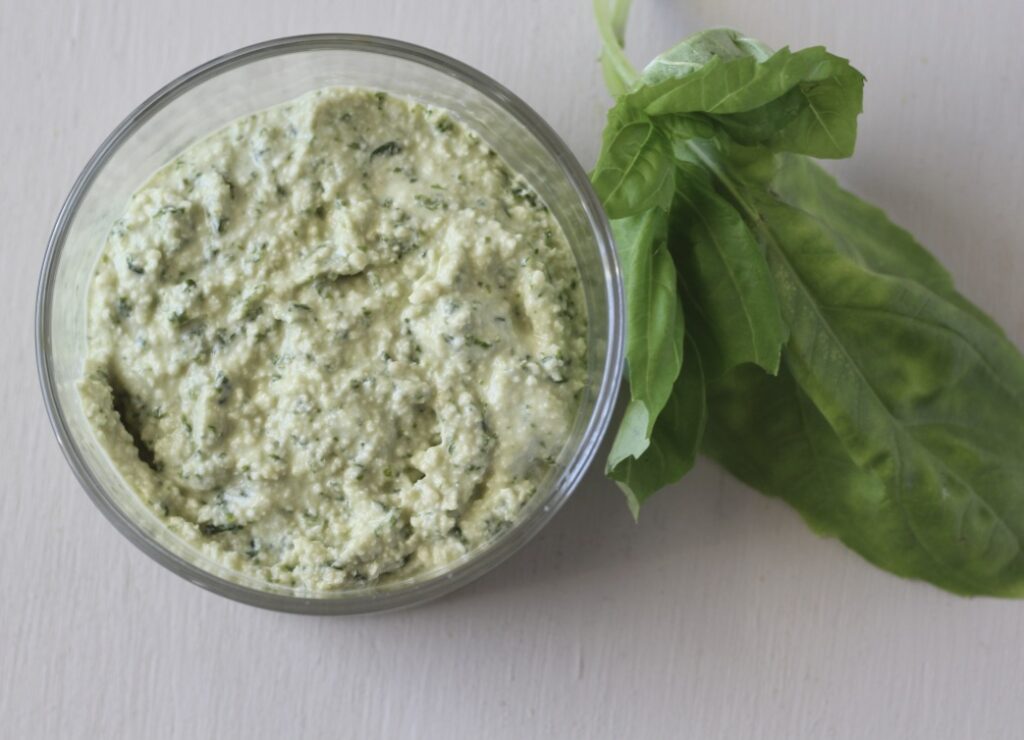Podcast Features
What do you want to learn more about?
Mentorship Program, 1:1 Nutrition Coaching with Alison
The Wholesome Journey - Group Nutrition Coaching Program
April 4, 2019
Alison Tierney, MS, RD, CD, CSO
Alison is a registered dietitian, board-certified in oncology nutrition, and a cancer thriver. Her expertise in oncology nutrition and personal experience with her own cancer diagnosis and its treatment provide her with the unique perspective of being able to relate to her clients on an entirely different level. Her content is consistently focused on evidence-based guidelines and seeks to increase the awareness of the power of nutrition to complement traditional cancer therapies.
- Alison Tierney, MS, RD, CD, CSOhttps://wholesomellc.com/author/alisonwholesomellc-com/
- Alison Tierney, MS, RD, CD, CSOhttps://wholesomellc.com/author/alisonwholesomellc-com/
- Alison Tierney, MS, RD, CD, CSOhttps://wholesomellc.com/author/alisonwholesomellc-com/
- Alison Tierney, MS, RD, CD, CSOhttps://wholesomellc.com/author/alisonwholesomellc-com/
My favorite herb to use in the kitchen is fresh basil. No matter what variety, I love the crisp scent and lively flavor it adds to dishes.

But, it’s so much more than that.
Basil has been used for thousands of years for its health benefits, and for good reason. Basil contains a handful of phytochemicals including a carotenoid called beta-caryophyllene.
This particular phytochemical gives basil it’s anti-arthritic activity which may be attributed to its anti-inflammatory properties (1). As someone living with an autoimmune disease, I am all about anti-inflammatory properties!
Other standout phytochemicals found in basil can actually change gene expression, trigger cell death, and slow cell division (2). This is important when managing and preventing cancer.
To help us understand why these are good, I had Alison weigh in . . .
- Gene Expression: This process allows a cell to respond to its changing environment. The changing of gene expression can be a positive or negative process. In this case, the properties in basil can essentially change a gene to fight against cancer, rather than fuel it.
- Trigger Cell Death: This process, called apoptosis, is important to kill off a bad cell before it can become something more dangerous–like cancer.
- Slow Cell Division: The slowing of cell division can lead to slowing the growth rate of cancer cells, reduce the risk of cancer spread, and stop cancer in its tracks.

Isn’t Alison awesome at explaining all that stuff?
In the end, fresh basil is not only tasty, it’s also great for the management and prevention of cancer prevention and reducing inflammation.
Want an easy way to incorporate fresh basil into your next meal? Try our Green Goddess Dressing (recipe below). It can be used on a salad, or even a big bowl full of vegetables and whole grains. Or try our Corn Pesto Pizza!
Green Goddess Dressing
Makes: 6, 2 tablespoon servings | Recipe adapted from: Forks Over Knives

Ingredients
⅔ cup raw, unsalted cashews (soaked)
⅓ cup fresh lemon juice (~ 1 ½ lemons)
¾ cup fresh basil (~ 1 ounce)
½ tablespoon tahini
1 tablespoon pure maple syrup
1 teaspoon Dijon mustard
2 cloves garlic
½ teaspoon salt
Directions
Begin by soaking the ⅔ cup raw cashews in warm water for at least 10 minutes.
Once soaked, drain the water the cashews were soaked in. To a food processor, add the soaked cashews, lemon juice, fresh basil, tahini, maple syrup, mustard, and garlic. Add salt to taste.
Depending your flavor, you can also add more tahini for a richer flavor. Or, if you would like a thinner consistency, add water or unsweetened non-dairy milk ½ to 1 tablespoon at a time until reaching desired consistency.
Drizzle over an abundance of greens or use as a sauce your favorite dish. Enjoy!
References:
- Bakshi, Vasudha, and Nazia Begum. “Anti-Arthritic And Anti Inflammatory Activity Of Beta Caryophyllene Against Freund’s Complete Adjuvant Induced Arthritis In Wistar Rats.” Journal of Bone Research and Reports, IMedPub, www.bone.imedpub.com/antiarthritic-and-anti-inflammatory-activity-of-beta-caryophyllene-against-freunds-complete-adjuvant-induced-arthritis-in-wistar-rats.php?aid=7220.
- Nordqvist, Joseph. “Basil: Uses, Benefits and Nutrition.” Medical News Today, MediLexicon International, 3 Jan. 2018, www.medicalnewstoday.com/articles/266425.php.
Green Goddess Dressing + Benefits of Basil
Wholesome LLC is not a medical practice, and its employees cannot offer medical advice. This website provides educational information but it is not a substitute for medical advice from a licensed medical professional who is familiar with your particular facts and circumstances. The information contained on this website is not intended to diagnose, treat, or cure any disease and shall not be construed as medical advice. The information and education on this website is provided for you to use at your own discretion.
You can further review our disclaimer here.
Wholesome
About Alison
Courses & Programs
The Wholesome Journey
Free Resources
FAQs
Press & Media
Recipes
Blog
Contact Us
Shop
© 2025 Wholesome, LLC All rights reserved.
Privacy Policy
Terms of Use
Disclaimer
Mobile Terms of Service